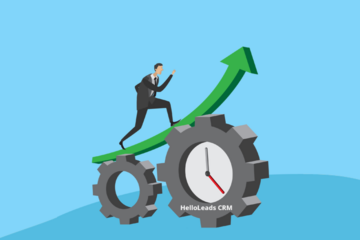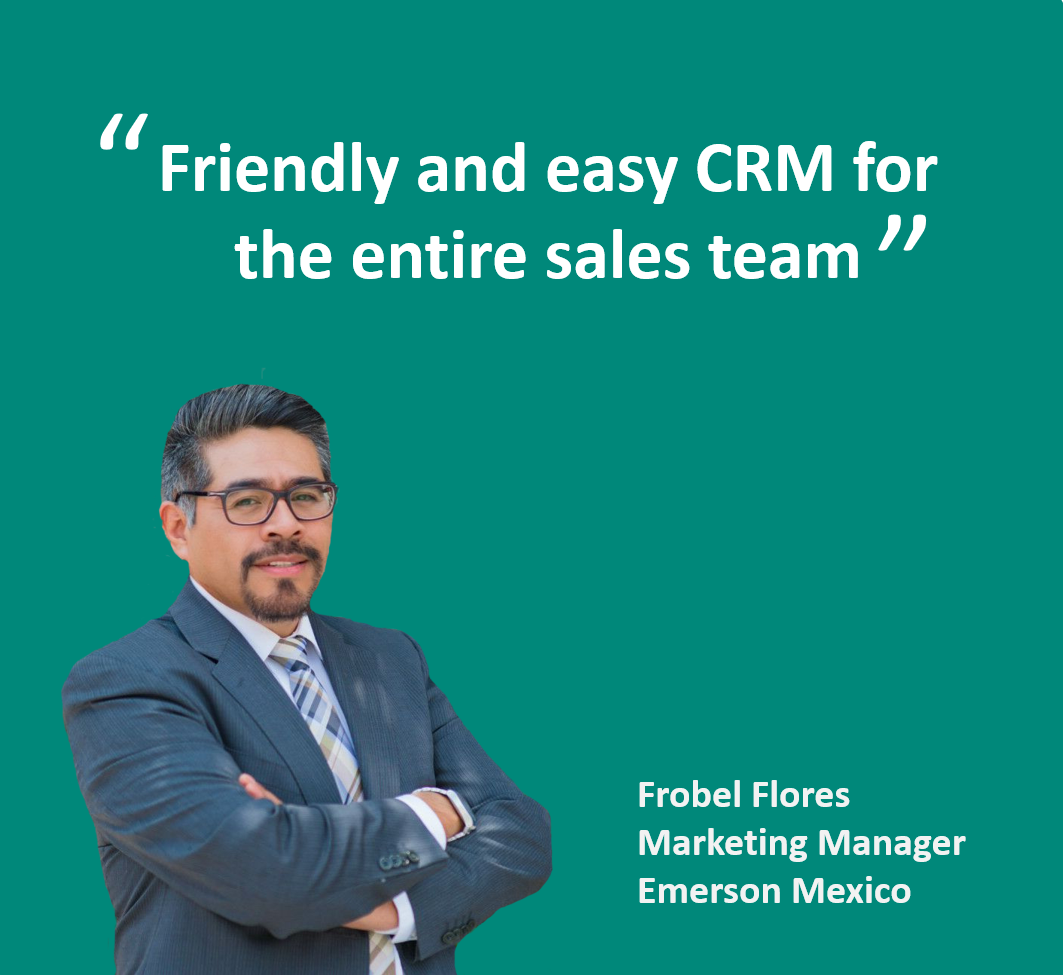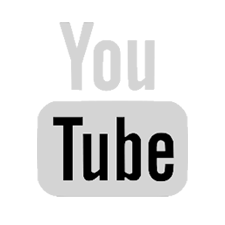
As we reach the midpoint of 2025, it’s clear that digital marketing continues to evolve at an unprecedented pace. With AI reaching new heights, privacy regulations tightening, and consumer behaviors shifting post-pandemic, US businesses are adapting their strategies to remain competitive and connected with audiences.
So, what’s actually working in digital marketing for US businesses in 2025? Let’s dive into the strategies and technologies delivering real ROI.
1. AI-Powered Personalization at Scale
Artificial intelligence has moved from being a helpful tool to a central driver of digital marketing. In 2025, brands are using AI to create hyper-personalized experiences—from dynamic website content and predictive product recommendations to individualized email campaigns.
- Generative AI tools like ChatGPT and Gemini are being used to craft high-quality ad copy, social media posts, and even customer support scripts.
- Predictive analytics powered by AI help businesses anticipate user behavior and optimize offers in real time.
This level of personalization not only improves engagement but also boosts conversion rates significantly.
2. Short-Form Video Still Reigns Supreme

TikTok, Instagram Reels, and YouTube Shorts remain dominant in capturing user attention. However, in 2025, businesses are becoming more strategic with this format:
- Authentic storytelling and behind-the-scenes content are favored over polished ads.
- Brands are using AI tools to quickly generate video content from existing blog posts or images.
- Live shopping and shoppable videos have become particularly effective in retail and beauty industries.
If you’re not creating mobile-first, vertical videos that entertain and inform in 30 seconds or less, you’re missing out.
3. Zero-Click and Voice Search Optimization

With Google and Bing now delivering more answers directly on the search page—or even via AI chat interfaces—getting clicks is harder. Smart businesses are optimizing for zero-click searches:
- Using structured data (schema markup) to improve visibility in snippets.
- Creating FAQ-rich content that answers queries clearly and concisely.
- Focusing on conversational, long-tail keywords for voice search (especially via smart speakers and mobile assistants).
In short, if you’re not adapting your SEO to how users talk and ask, you’ll lose valuable traffic.
4. First-Party Data and Email Resurgence
With third-party cookies fading out and data privacy taking center stage, businesses are doubling down on building first-party data through:
- Engaging email sign-ups with value-based lead magnets (like checklists, exclusive discounts, or webinars).
- Loyalty programs that encourage data sharing.
- Interactive content like quizzes and assessments to personalize marketing.
Surprisingly, email marketing is making a strong comeback in 2025—with interactive emails, embedded video, and AI-driven segmentation fueling higher open and conversion rates.
5. Influencer Partnerships Go Niche and Local
The influencer marketing landscape has matured. Instead of chasing mega-celebrities, US businesses are partnering with:
- Nano and micro-influencers (1k–50k followers) who have high engagement and niche credibility.
- Employee influencers—turning staff into brand ambassadors via LinkedIn or Instagram.
- Local creators who resonate with regional audiences and can drive in-store traffic or community-based sales.
Authenticity and relatability matter more than follower counts in 2025.
6. Omnichannel Experience & Conversational Commerce
Consumers expect a seamless experience across platforms. That’s why businesses are integrating:
- Chatbots on websites and messaging apps (WhatsApp, Instagram DM, Messenger) for real-time customer service and transactions.
- Unified customer profiles that sync across CRM, email, SMS, and social to personalize every touchpoint.
- Headless commerce and API-based systems that let brands serve consistent shopping experiences across web, mobile, social, and even AR/VR.
Buying has become a conversation—and brands that master conversational commerce are reaping the rewards.
7. Sustainability and Brand Purpose Matter More Than Ever
Consumers in 2025—especially Millennials and Gen Z—align themselves with brands that take stands. Marketing that emphasizes:
- Environmental sustainability
- Social impact
- Ethical sourcing and transparency
…is not just good PR. It’s good business. Storytelling around brand values, team culture, and community involvement builds trust and loyalty.
Final Thoughts
Digital marketing in 2025 is not about chasing every trend—but about strategically aligning the right technologies and messages with your audience’s evolving behaviors.
The brands winning today are those that:
- Embrace AI without losing the human touch.
- Prioritize trust, privacy, and transparency.
- Focus on real value, not just visibility.
If your marketing strategy feels stuck in 2023, it’s time to modernize. Because in 2025, it’s not just about being online—it’s about being relevant, responsive, and real.
Share this blog :










